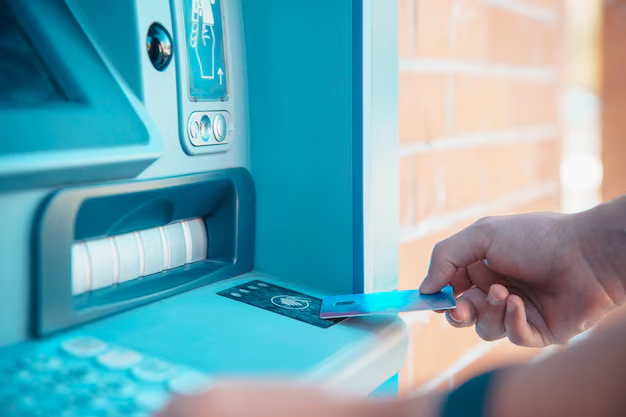Curious About Maximum ATM Withdrawal Limits at TD Bank?
When you find yourself needing cash quickly, it's crucial to understand how much cash you can withdraw from a TD Bank ATM. The good news is that TD Bank ATMs are user-friendly and easy to find, but they come with withdrawal limits that customers should keep in mind. Understanding these limits ensures that you can manage your cash flow effectively without unexpected interruptions.
What Are the Withdrawal Limits?
TD Bank's standard daily ATM withdrawal limit is typically set at $750. However, depending on your account type and history with the bank, this limit can vary. Some premium or specialized accounts offer higher withdrawal limits to cater to customers with greater needs.
To verify your specific withdrawal limit, it's advisable to check your account agreement or reach out to TD Bank directly. This knowledge helps you to plan your finances better, especially when traveling or before making significant purchases that require cash.
Why Understanding ATM Limits is Important
ATM withdrawal limits are an integral component of your broader financial management strategy. Here are a few reasons why understanding these limits can be beneficial:
- Preventing Overdrafts: By knowing your limits, you can avoid withdrawing too much and potentially triggering overdraft fees.
- Financial Planning: Helps in effectively planning your withdrawals, ensuring you have enough cash when needed.
- Security: Limits can protect against substantial losses if your card is lost or stolen, as they serve as a safeguard against excessive unauthorized withdrawals.
Exploring Additional Financial Solutions
Living within the confines of ATM limits isn't always convenient, especially when cash needs exceed what you can pull from an ATM. The good news: there are numerous alternative financial solutions and resources available to assist with broader financial needs.
Government Aid and Financial Assistance Programs
Government aid programs offer assistance for those in need. Programs like unemployment benefits, social security, and food assistance are available for those qualifying, providing a financial cushion.
Debt Relief Options
Solving financial debt can improve cash flow and reduce stress. Debt consolidation, credit counseling, and programs such as student loan forgiveness can offer significant relief.
Credit Card Solutions
Credit cards can serve as a flexible alternative for cash, especially those with cash-back benefits or promotional offers.
- Low-Interest Cards: Ideal for larger purchases or when needing to carry a balance.
- Rewards Cards: They offer points, miles, or cashback on purchases.
- Secured Cards: Help build credit history or improve your credit score.
Educational Grants and Scholarships
For those seeking to finance education or enhance skills, applying for grants, scholarships, or student loans can provide the necessary funding.
Being proactive and informed in your approach to financial management will keep you ahead in achieving financial stability and security. Planning is your best ally, whether withdrawing funds or seeking alternative financial solutions.
📌 Quick Reference: Financial & Educational Resources
💰 Government Programs
- Unemployment Benefits
- Social Security
- Food Assistance Programs
📉 Debt Solutions
- Debt Consolidation
- Credit Counseling
- Student Loan Forgiveness
💳 Credit Cards
- Low-Interest Cards
- Rewards Cards
- Secured Cards
🎓 Education Funding
- Grants
- Scholarships
- Student Loans
Armed with this knowledge, you can navigate financial challenges more effectively and make informed decisions about the best ways to manage your money.

- Does Td Bank Have a High Yield Savings Account
- Does Td Bank Notarize
- Does Td Bank Pay Early
- How Big Is Td Bank
- How Do i Close My Td Bank Account
- How Do i Open a Td Bank Account
- How Much Can i Withdraw From Td Bank Atm
- How To Activate Td Bank Debit Card
- How To Close Your Td Bank Account
- How To Find Routing Number Td Bank App